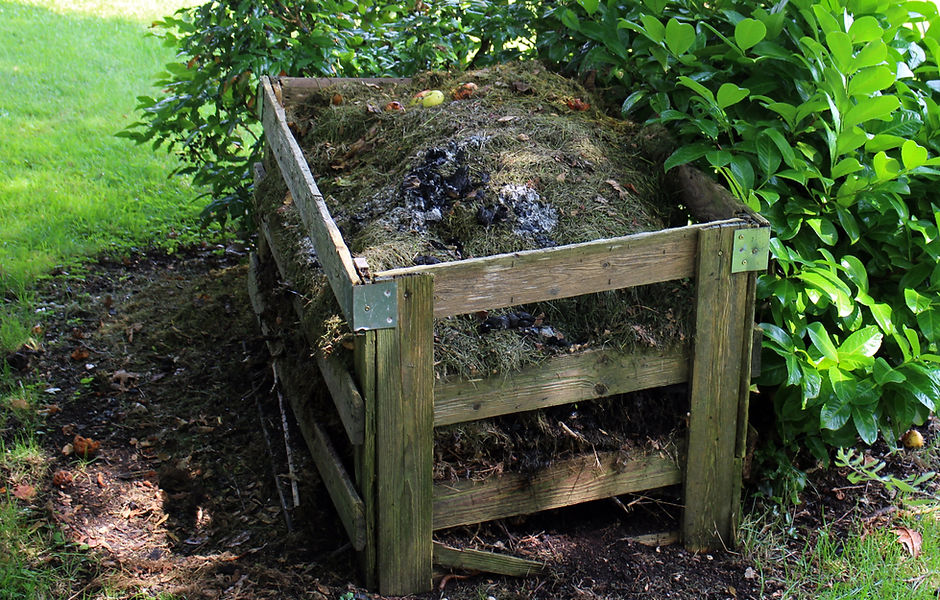Smart High School Composting
Innovation

On average, public schools produce 36.5 pounds of food waste per student annually. Incorrect disposal of this organic waste in landfills generates methane, one of the most potent greenhouse gases.
To reduce methane emissions and reuse food waste for enriching farmland soil, the EPA recommends composting, an environmentally conscious method of organic decomposition. Following these guidelines, Environa has begun the organization of smart composting bins in local high schools by innovating humidity sensing technologies and linking nearby farmers.
Efficient composting requires a humidity range from 45-55%. If the composting bin falls below or above this range, the food waste releases an unpleasant odor, and decomposition slows dramatically. To cope with this problem, we created a solar-powered humidity sensor to monitor the bin's humidity and temperature constantly. We also made an application to send a notification when either of these metrics was out of the acceptable range so the bin's composition could be adjusted accordingly.
To learn how you can build your own composting humidity sensor, check out the build guide linked below.
After creating a working composting system, we connect the high school to a local farm to deliver the decomposed material. The humus can be used to enrich soil for greater agricultural yields, benefiting the farm while also reducing the associated school's carbon footprint.
We also have begun community gardens in those same composting high schools to create a green cycle of food waste and food production. One-third of all the soil used in these herb and food gardens comes directly from the compost bins. This not only saves the school money spent on buying produce, but it also makes the kitchens more sustainable.
To learn more about how you can start composting at you school, visit the EPA website.
